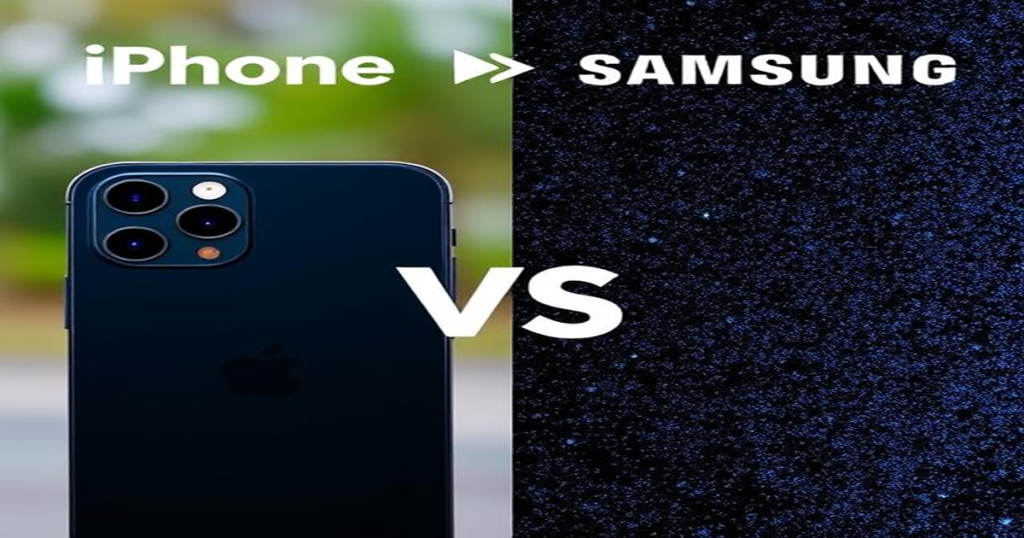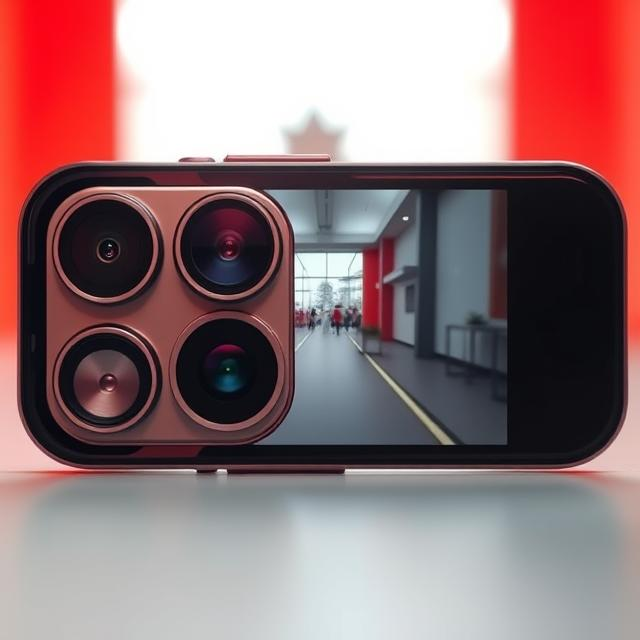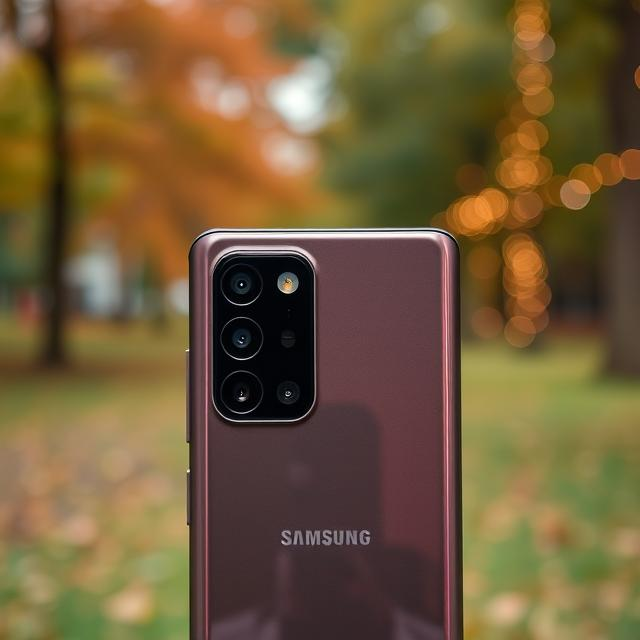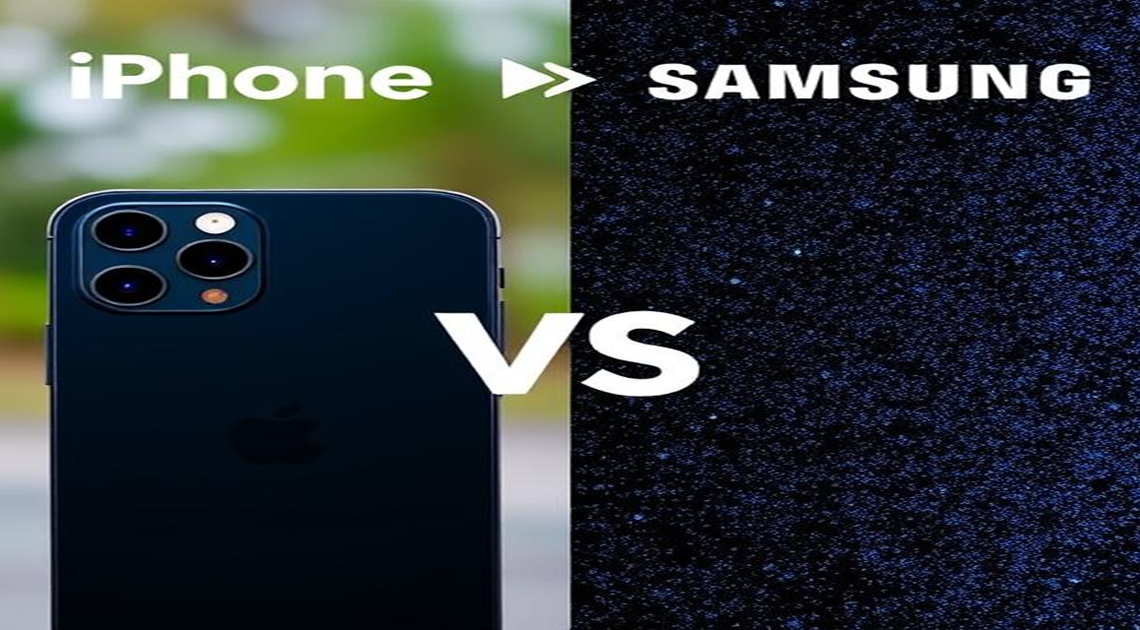The battle between iPhone and Samsung for the title of the best smartphone camera has been ongoing for years. As we step into 2025, both tech giants have pushed the boundaries of innovation, making the competition fiercer than ever. Whether you’re a photography enthusiast or a casual shooter, choosing between these two brands can be challenging. This smartphone camera comparison dives deep into the features, performance, and advancements of the iPhone and Samsung cameras in 2025, helping you decide which one suits your needs.

iPhone vs. Samsung Camera: A Comprehensive Comparison
When it comes to smartphone cameras, both iPhone and Samsung have set industry standards. In 2025, the advancements in sensor technology, computational photography, and AI-driven features have taken mobile photography to new heights. Let’s explore how these two brands stack up against each other.
Camera Hardware: Sensor and Lens Technology
The foundation of any great smartphone camera lies in its hardware. Both iPhone and Samsung have made significant strides in this area.
iPhone 2025 Camera Hardware
Apple’s 2025 lineup features a triple-lens setup with a 48MP primary sensor, a 12MP ultra-wide lens, and a 12MP telephoto lens. The standout feature is the new Quad-Pixel technology, which combines four pixels into one for better low-light performance. The LiDAR scanner introduced in previous models has been enhanced, offering improved depth sensing and augmented reality capabilities.

Samsung 2025 Camera Hardware
Samsung’s 2025 flagship boasts a 200MP primary sensor, a 50MP ultra-wide lens, and a 12MP periscope telephoto lens with 10x optical zoom. The ISOCELL HP3 sensor ensures exceptional detail and color accuracy, even in challenging lighting conditions. Samsung has also integrated a laser autofocus system for faster and more accurate focusing.

Computational Photography: AI and Software Enhancements
While hardware is crucial, software plays an equally important role in modern smartphone cameras. Both brands leverage AI and machine learning to enhance image quality.
iPhone’s Computational Photography
Apple’s Photonic Engine has been upgraded to process images 40% faster than its predecessor. The Smart HDR 5 feature ensures balanced exposure and vibrant colors, even in high-contrast scenes. The Night Mode now supports all lenses, delivering stunning low-light photos with minimal noise.
Samsung’s Computational Photography
Samsung’s Neural Processing Unit (NPU) has been fine-tuned for 2025, offering real-time scene optimization. The Super Resolution Zoom uses AI to enhance zoomed-in images, making them sharper and more detailed. The Astro Mode allows users to capture breathtaking shots of the night sky with ease.
Video Capabilities: Cinematic Excellence
For videographers, both iPhone and Samsung offer impressive video recording features.
iPhone’s Video Features
The iPhone 2025 supports 8K video recording at 60fps, with ProRes encoding for professional-grade editing. The Cinematic Mode now supports 4K resolution, offering studio-like depth-of-field effects. The Action Mode ensures smooth footage even during fast-paced activities.
Samsung’s Video Features
Samsung’s 2025 flagship also supports 8K video recording, with the added benefit of HDR10+ for enhanced dynamic range. The Director’s View feature allows users to switch between lenses while recording, offering greater creative control. The Super Steady Mode ensures gimbal-like stabilization for action shots.
User Experience: Interface and Accessibility
A great smartphone camera isn’t just about specs; it’s also about how easy it is to use.
iPhone’s Camera App
Apple’s camera app is known for its simplicity and intuitive design. The 2025 version introduces Customizable Presets, allowing users to save their preferred settings for quick access. The Live Text feature has been expanded to recognize more languages and handwritten text.
Samsung’s Camera App
Samsung’s camera app offers a plethora of modes and settings, catering to both beginners and professionals. The Pro Mode provides manual controls for shutter speed, ISO, and white balance. The Single Take feature captures multiple photos and videos with a single press, making it perfect for capturing fleeting moments.
Low-Light Performance: Who Does It Better?
Low-light photography is a key area where smartphone cameras are often put to the test.
iPhone’s Low-Light Capabilities
The iPhone’s Night Mode has been significantly improved, offering brighter and more detailed photos in low-light conditions. The Deep Fusion technology enhances texture and detail, even in dimly lit environments.
Samsung’s Low-Light Capabilities
Samsung’s Bright Night Sensor excels in low-light photography, producing images with minimal noise and accurate colors. The AI-powered Night Mode automatically adjusts settings for optimal results.
Price and Value: Which Offers More?
While both brands offer premium features, their pricing strategies differ.
iPhone’s Pricing
Apple’s 2025 lineup remains on the higher end of the spectrum, with prices starting at $1,099. However, the seamless integration with the Apple ecosystem and regular software updates justify the cost for many users.
Samsung’s Pricing
Samsung’s 2025 flagship is slightly more affordable, starting at $999. The brand often includes pre-order bonuses and trade-in offers, making it a more budget-friendly option for some.
Conclusion: Which Camera is Best in 2025?
Choosing between the iPhone and Samsung cameras in 2025 ultimately depends on your preferences and priorities. If you value a seamless user experience, exceptional video capabilities, and a robust ecosystem, the iPhone is the way to go. On the other hand, if you prioritize cutting-edge hardware, versatile shooting modes, and affordability, Samsung is the clear winner.
Both brands have raised the bar for smartphone cameras, making 2025 an exciting year for mobile photography. Whichever you choose, you’re guaranteed to capture stunning photos and videos.
FAQs: iPhone vs. Samsung Camera in 2025
Samsung’s periscope telephoto lens offers superior zoom capabilities, with up to 10x optical zoom and 100x digital zoom, compared to the iPhone’s 5x optical zoom.
While the iPhone’s 48MP sensor may seem inferior on paper, Apple’s Quad-Pixel technology and advanced software optimizations ensure competitive image quality.
Both phones support 8K video recording, but the iPhone’s Cinematic Mode and ProRes encoding give it an edge for professional videographers.
Samsung’s camera app offers more modes and manual controls, making it ideal for advanced users. However, the iPhone’s app is simpler and more intuitive for casual users.
Both phones excel in low-light photography, but Samsung’s Bright Night Sensor and AI-powered Night Mode give it a slight advantage in extreme conditions.
By comparing the iPhone and Samsung cameras in 2025, it’s clear that both brands have their strengths. Whether you’re team iPhone or team Samsung, you’re investing in a device that delivers exceptional photography and videography experiences.

